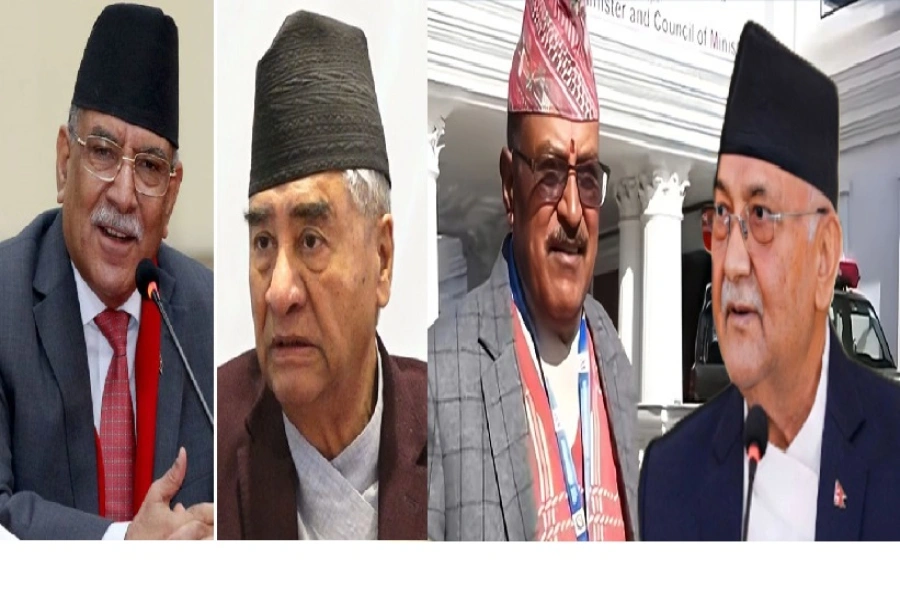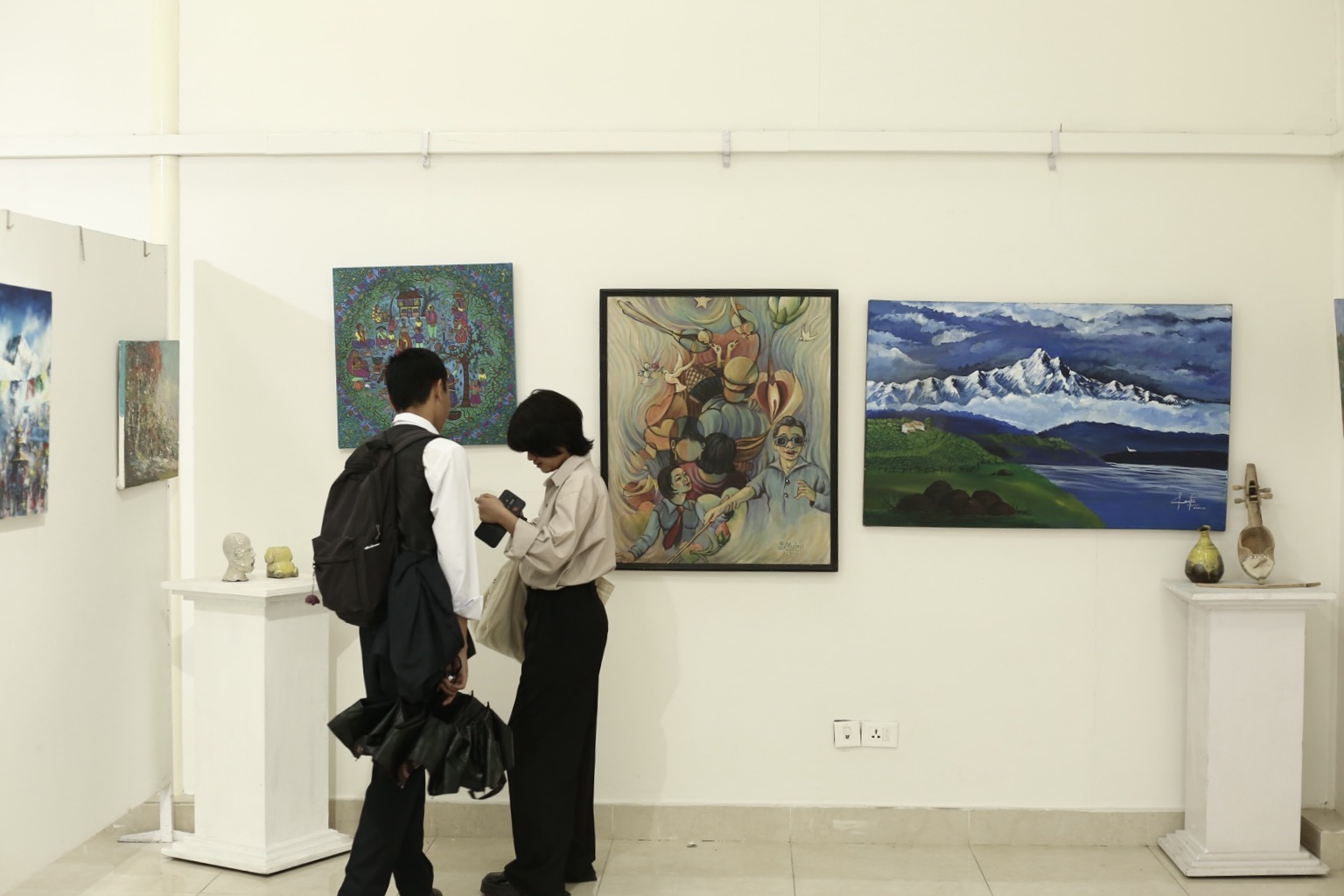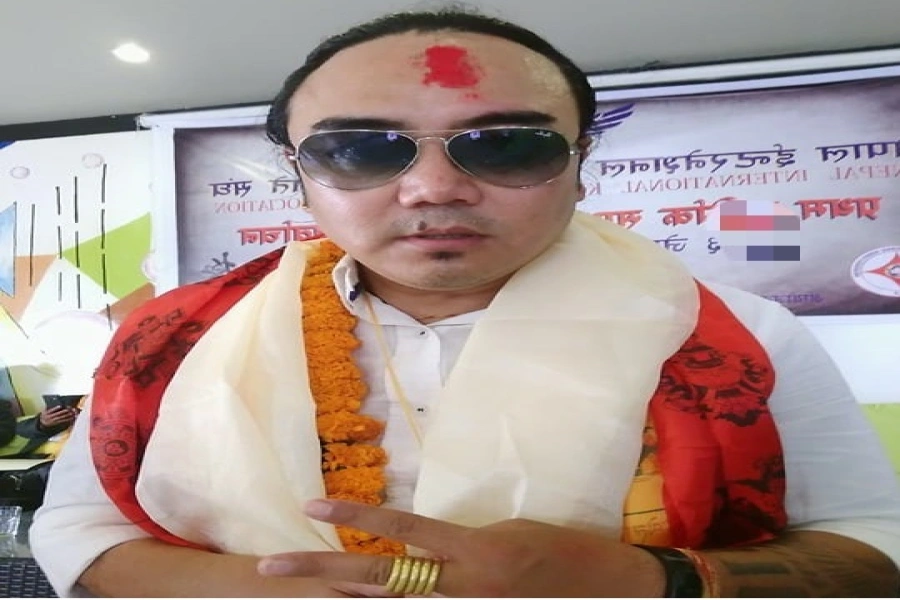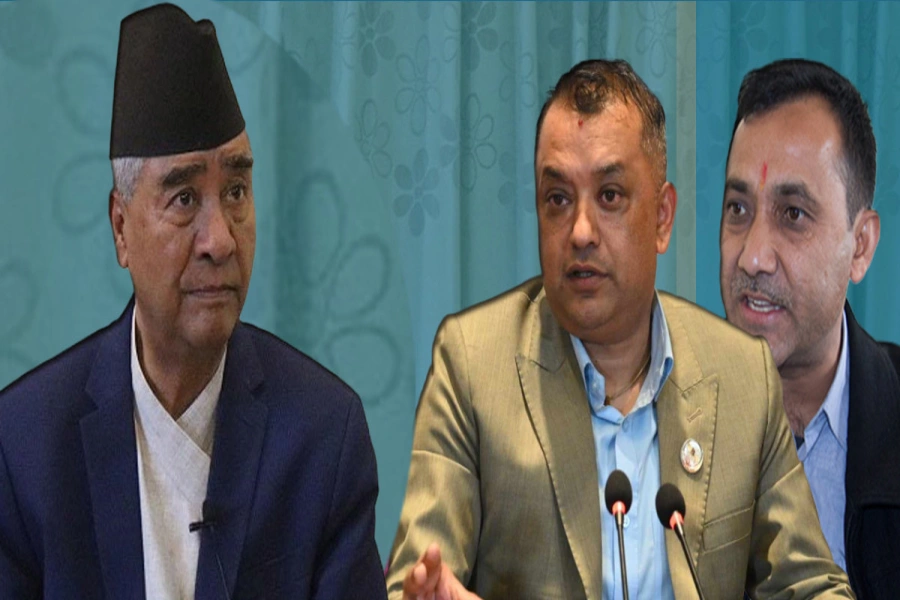Narad Mani Hartamchhali, head of Architecture and other creative arts at the Nepal Academy of Fine Arts, has dedicated more than three decades of his life to the field of fine arts.
He earned his BFA (bachelor’s in Fine Arts) degree in Sculpture and Painting from the Lalit Kala Campus of Fine Arts in 2048 BS and completed his master’s in Sociology from Post Graduate Campus in 2062 BS. Originally from Bhojpur, he has penned down numerous songs and published nine literary books as well as research papers so far. He has also been actively organizing workshops and training at Bhojpur.
My City’s Sonam Lama caught up with Hartamchhali to talk about his experiences and challenges in the field of fine arts.
How would you define the idea of fine arts?
Three arts students received 'Prashant Talent Scholarship'

Every form of art that evokes feelings with aesthetic value is the key base of fine arts. With time, the fine arts have progressed to greater areas, including painting, sculpture and architecture. The typical definition of art confines the subject within canvas, colors, brush or other devices however, fine arts comprises of arts portrayed through the medium of practical interaction between subjects through symbolic patterns and metaphorical devices. As a whole, fine arts serves as an umbrella term to a varied form of arts like sculpture, architecture, visual art, installation performance, art photography, video art, cartoon art, poster and design among others.
What are the existing challenges in the field fine arts in Nepal?
Cultural paintings are exported in China and European countries in large numbers every year making the demand for cultural art and paintings like Paubha, Thanka and Mithila internationally high.However, the number of youths shifting their interest and efforts toward modern as well as visual art are quite high. This could have an adverse effect in the days to come if we fail to lead youths as promoters of our national artistic assets. Moreover, since majority of art tools and devices like canvases, brushes and colors come from India and China; it somehow curbs our economy increasing the dependency on international market. On this note, the governing body and academies dedicated to promote arts can work hand-in-hand to expand the national market.
How does the variation of traditional arts differ from that of modern?
Traditional arts in many ways have adapted the methods of modern art however; the techniques and rules are primary to be abided by. For instance the paintings of deities follow a uniformed style, colors and technique. The ancient color making methods through household materials have gone extinct now, however, the technique is preserved. This rigidity has shifted youths’ interest to modern art as its methods are quite open and fit better in contemporary terms.
How can the scope of fine arts be widened in Nepal?
Needless to say that Nepal is one of the culturally rich countries having diversified cultures, languages and values. Despite having necessary potential, the representations of art devised from all different cultures are a matter to be considered. Art imitation to a higher extent distorts the concept of originality and affects creativity although it fares well commercially. Therefore, keeping its aesthetic values intact, the check and balance should be maintained to broaden the scope of fine arts. I believe prior to widening the scope of fine arts, prerequisites should be kept in major priority and ample opportunities should be provided that could earn every artist a secured living. Facilitating these requirements can ensure full-fledged development in the field.
What measures are necessary to promote fine arts here?
Since this area demands passion and the ability to go beyond the rigid definitions of society, every newcomer should harbor utmost zeal to play, visualize and experiment with the provided outlets. Art is the visual representation of one’s imagination and a medium to promote culture and values. Acknowledging the fact, exhibitions, workshops, training and interaction programs should be frequently organized to encourage art enthusiasts and newcomers.





































